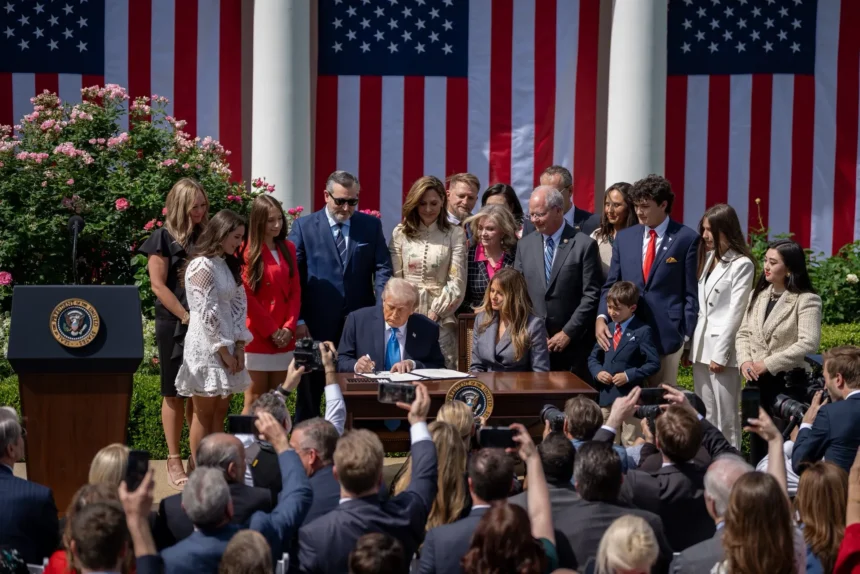The U.S. has made it illegal to distribute nonconsensual intimate images nationwide, thanks to the new Take It Down Act, signed into law by President Donald Trump on May 19, 2025. This law covers both real and artificially created images, including deepfakes.
What’s Happening & Why This Matters

Websites and social media platforms operating in the U.S. must now remove reported revenge porn content within 48 hours. The Federal Trade Commission (FTC) will enforce the rule, and platforms must take “reasonable efforts” to delete all copies of the images.
This law vast improvement beyond previous state-level bans. It creates a uniform national standard aiming to protect victims from ongoing abuse and exploitation online.
What the Law Requires and How It Works
Platforms have up to one year to establish a reliable process for reporting and removing nonconsensual intimate images. After that, the FTC will actively enforce compliance.
Anyone found distributing such images faces up to three years in prison and fines. This harsh penalty underscores the seriousness with which the U.S. government is treating online sexual abuse.
AI and Deepfake Concerns
The rise of AI tools that create deepfake pornography adds urgency to the law. Elon Musk’s Grok AI was recently discovered generating fake explicit images when prompted.
Dedicated apps for creating deepfake pornographic content have also proliferated, raising new challenges for victims and lawmakers.
Criticism and Safeguards

The law isn’t without controversy. The Cyber Civil Rights Initiative (CCRI) warns that the bill contains a “poison pill” — a broadly worded takedown provision that could be misused.
Mary Anne Franks of the CCRI cautions that the law may hurt victims by lacking safeguards against false claims. The organization also questions whether the FTC will enforce the law fairly, suggesting some platforms might ignore reports if they feel politically shielded.
TF Summary: What’s Next
The Take It Down Act sets a strong national standard to combat revenge porn and protect victims online. However, ensuring fair enforcement and preventing abuse of the system remain challenges.
As platforms create reporting tools, users should watch for changes in handling nonconsensual imagery. Ongoing scrutiny from advocacy groups and the public will be vital in shaping the law’s impact.
— Text-to-Speech (TTS) provided by gspeech


